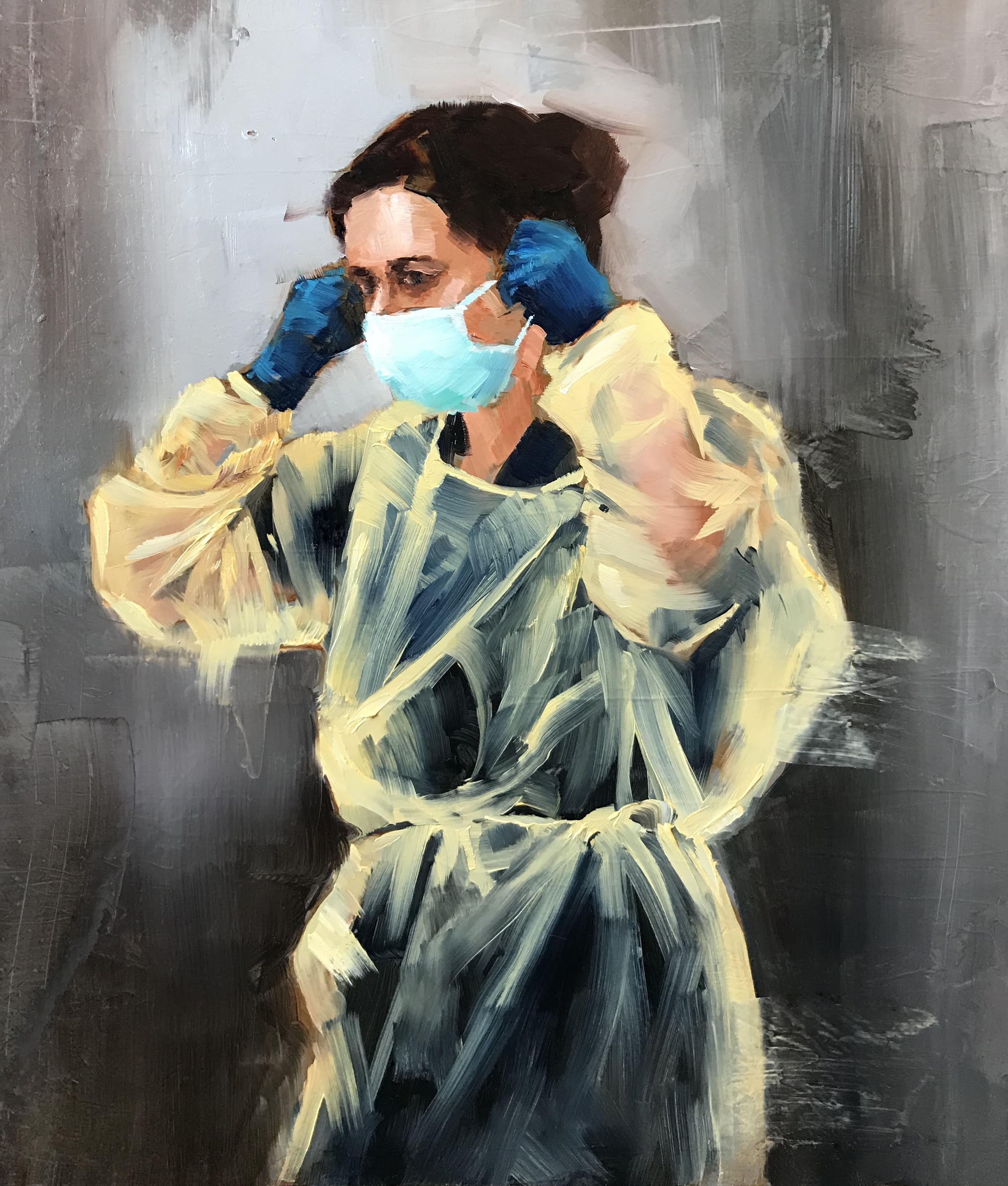

For people with similar complications from the flu, the range was 1-3 days or shorter. In this study, the average length between a patient feeling sick from COVID-19 and requiring breathing support was 6-12 days. Adverse events, including severe allergic reactions, after COVID-19 vaccination are rare but can happen.For this reason, everyone who receives a COVID-19 vaccine is monitored by their vaccination provider for at least 15 minutes.


The researchers believe this altered immune response explains why COVID-19 pneumonia takes longer to develop and extends hospital stays. White blood cells and immune helpers that rush to infection sites to coordinate recovery appear to instead ferry SARS-CoV-2 to neighboring lung cells. Immune-mediated necrotizing myopathy (IMNM) is a rare form of idiopathic immune myopathy (IIM) that requires immunotherapies, including immunosuppressive. Once there, SARS-CoV-2 appears to take over immune function. Combining these results with foundational studies, they believe SARS-CoV-2, the pathogen that causes COVID-19, burrows deep in the lungs of people who develop severe respiratory infections from the virus. In critical cases, the disease progresses rapidly and patients can develop septic shock and multiorgan dysfunction 10. Shortness of breath and hypoxemia occur in severe cases. Researchers from Northwestern University School of Medicine compared lung cell samples from more than 85 hospitalized patients with COVID-19 pneumonia to more than 200 hospitalized patients with pneumonia from other sources. Headache, myalgia, sore throat, nausea and diarrhoea can also be seen in patients with COVID-19 8, 9. Compared to traditional forms of pneumonia, pneumonia from the novel coronavirus (COVID-19) develops over a longer period of time and lasts longer, according to a study in Nature.


 0 kommentar(er)
0 kommentar(er)
